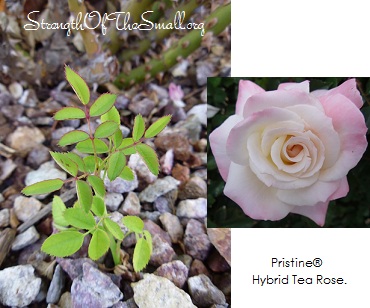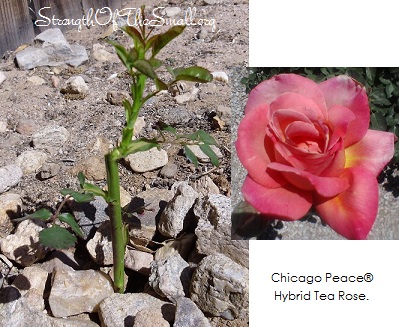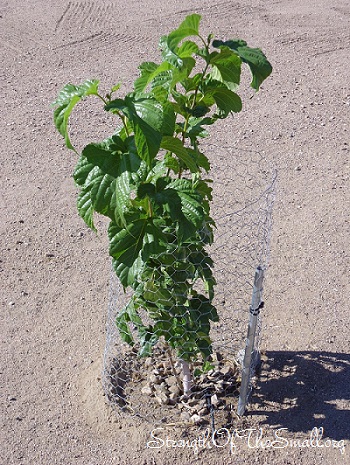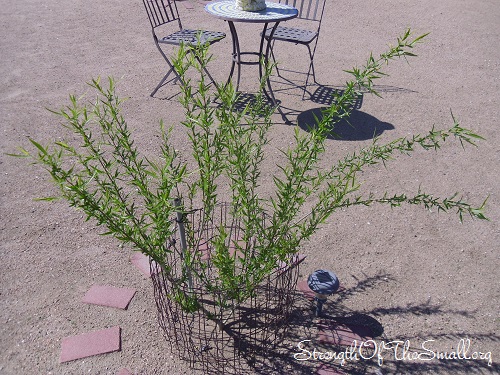Spring, oh! dear Spring. The perfect time to garden for some of us and for those who planted early, it’s the perfect time to sit back and watch those flowers blossom. I hard pruned my Rosebushes three months ago and they are now looking healthy and vigorous. While we sit back and enjoy these beautiful little things, we have to keep in mind that Spring is also the perfect time for bugs and pests to slowly make their way into our Garden and settle. By the time we blink, our lovely plants will be hosting a variety of insects:
- Aphids. These pests are a gardeners nightmare and their infestations spread quickly from one plant to the other. They are very destructive and cause damage in the garden by sucking sap from new growth. A natural way to control aphids is by introducing beneficial bugs such as Lacewings, Praying Mantis and Ladybugs. Adults and larvae alike feed on aphids and other soft-bodied insects. Aphids produce honeydew which ants feed on and those ants will fight for their food and its source. Click here and here for more information on getting rid of Aphids safely and click here for tips on keeping ants away from gardens.
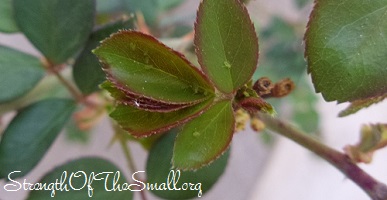
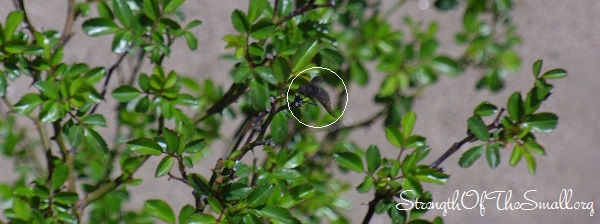
- Cutworms, which are moth larvae and hide under the soil during the day, coming out in the dark to feed on the first part of the plant it encounters, namely the stem or tender leaves. The easiest way to stop cutworms from eating the plants is to place a cardboard around the base of the plant (creating a barrier). Mowing and weeding the yard help expose the cutworms and destroy their habitat. Click here for other methods.

- Curl Grubs, which are Scarab Beetle larvae that live in the soil and feed on plant roots. They are white or cream in color, brown headed with three pairs of legs and curved into a C shape when pulled out of the soil. They have a huge appetite and can cause major problems in the garden when they accumulate in large numbers. If you find them in your garden beds or pots, the best thing to do is pick them all out and feed them to the birds, chickens or ants. You can also use organic insecticide such as Eco-Grub®, Eco-Neem®, Yates Success®.
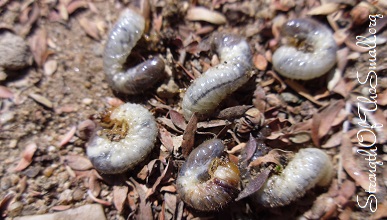
- Slugs and Snails. These pests are considered ferocious eaters, leaving holes in leaves and slime trails on the path they have traveled. Pour Beer into a container such as ice cream or yogurt cup within an inch of the rim and place it next to your flower pot. Or bury it next to the plant being eaten by Slugs/Snails, which will be attracted by the smell of the beer. Once in, they drawn. Make sure to change the beer every few days. Sprinkle salt around the base of the plant affected. Once the Snails/Slugs climb over the salt, they will die of dehydration.
There are more Garden Pests out there, these are just the few I have to deal with, for now. It’s always a good idea to plant a variety of Flowers for their scents to attract beneficial bugs and deter unwanted pests. Plants such as Rue, Anise, Garlic, Catnip, Calendula, Marigolds, Dill, Daisy, Fennel, Mint, Coriander, Alyssum and Chives.
Click here for a list of Garden Pests and information on how to stop them.

